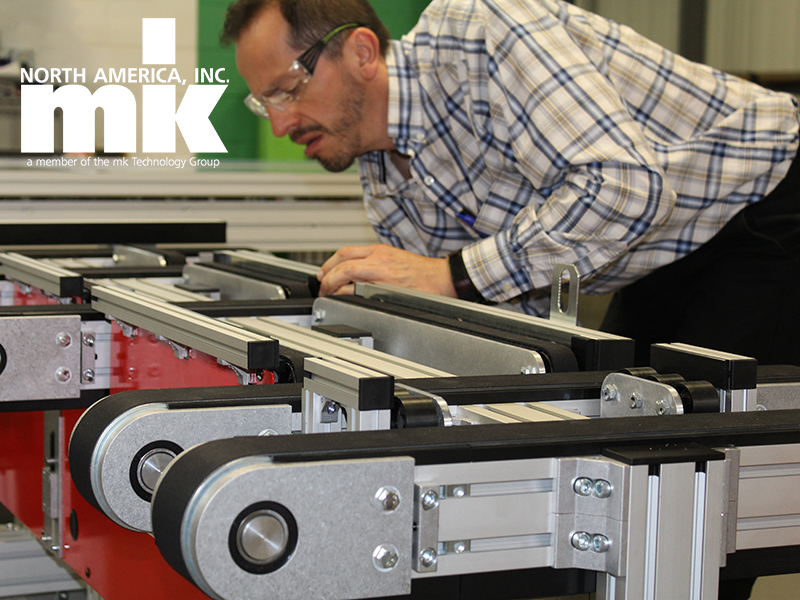Preventive vs. Predictive Maintenance for Conveyors
Posted on

It’s no secret that most of today’s manufacturing facilities depend on a variety of machines. While many different machines contribute to a successful production cycle, few are as integral as conveyors. After all, without conveyors, it would be difficult to move products quickly and efficiently through each stage of assembly and/or packaging.
Now what happens when your conveyor system breaks down? Production comes to a grinding halt. As obvious as this may seem, it’s all too easy to prioritize other machines over your conveyors. Just remember, it’s not a question of “if” your conveyor will fail, it’s when.
While you can’t stop natural wear and tear, you can prevent a full-on breakdown. How? With regular maintenance.
There is more than one type of maintenance that must be done when it comes to conveyors: maintenance done to indicate the schedule for preventive maintenance (preventive maintenance), and that which helps prevent the issues from occurring in the first place (predictive maintenance). A sound maintenance plan will include both types.
In this post, we’ll look at the differences between preventive and predictive maintenance.
Preventive Maintenance: Maintenance by the Book
Preventive maintenance (PM) is structured around the life expectancy of a machine’s essential parts. During a preventive maintenance call, a trained inspector checks each part for wear, tension, and alignment issues. For example, to accurately audit the condition of a conveyor, one must inspect its belts, bearings, and motor. Once finished, the inspector will compare his findings with the manufacturer’s recommended maintenance schedule, and replace parts as needed.
Indeed, it is important to follow the manufacturer’s maintenance recommendations; however, not all conveyors will share the same maintenance dates. For instance, environmental conditions, temperature changes, and heavy usage can all make more frequent maintenance calls necessary.
Predictive Maintenance: Maintenance by Performance
Predictive maintenance (PdM) is different in that it’s done in real-time, using conditional monitoring - as the machine is in use, and before issues arise that could disrupt operations. It focuses more on how a part is performing while the machine is running and takes into account factors in the environment in which the machine is operating, versus just changing parts because the schedule says to do so.
Monitoring the condition of equipment while it’s in operation can help facility managers predict--and prevent--possible issues. This approach can help reduce the cost of parts and labor over time since changes are only being made when needed.
Achieving a quality predictive maintenance plan requires a team effort between skilled technicians and those workers who are using the machines each day. With proper training, workers can learn to recognize the warning signs of part failure early.
In need of a solution for your material handling application? mk North America offers conveyors and extruded aluminum framing with fast shipping, and competitive pricing. Get in touch using the form below to learn more.
